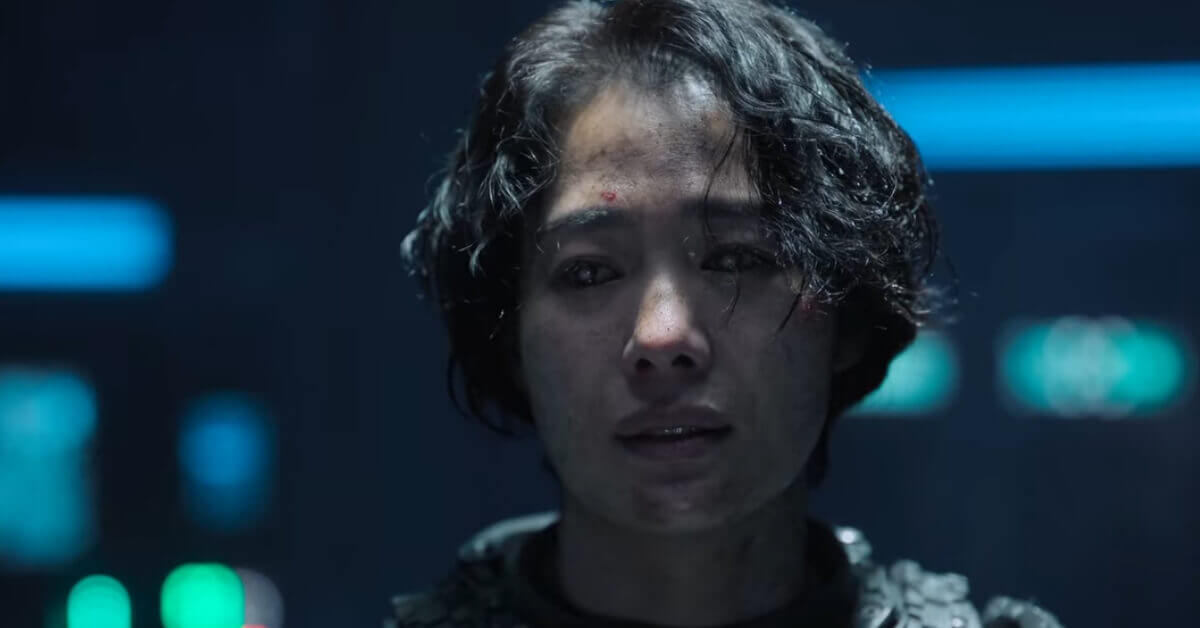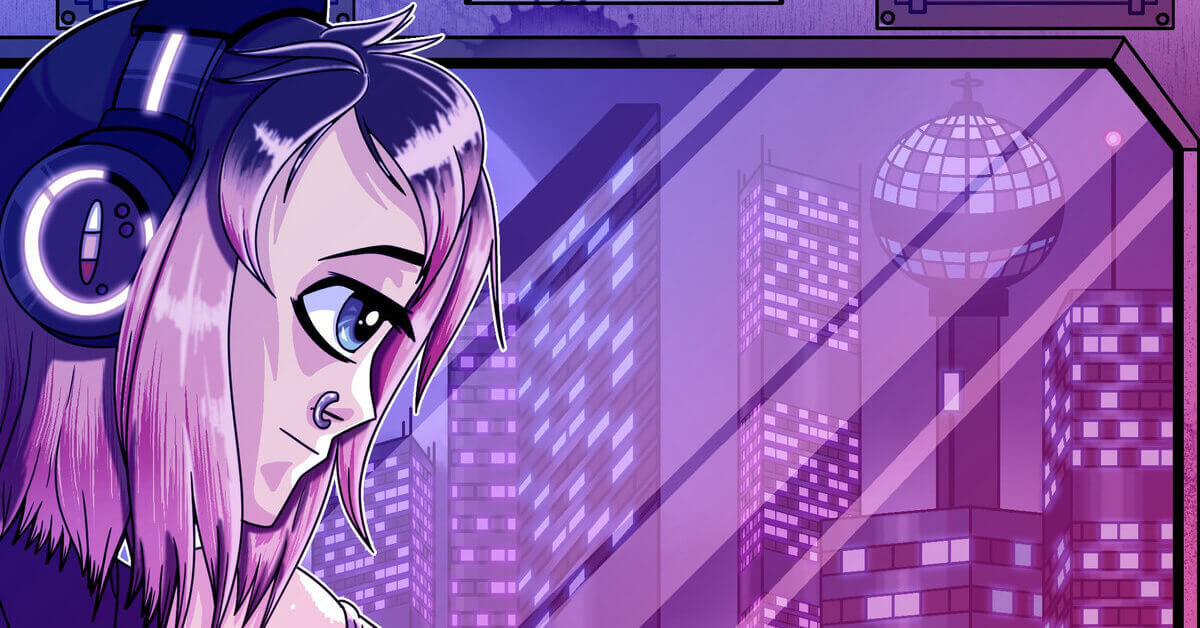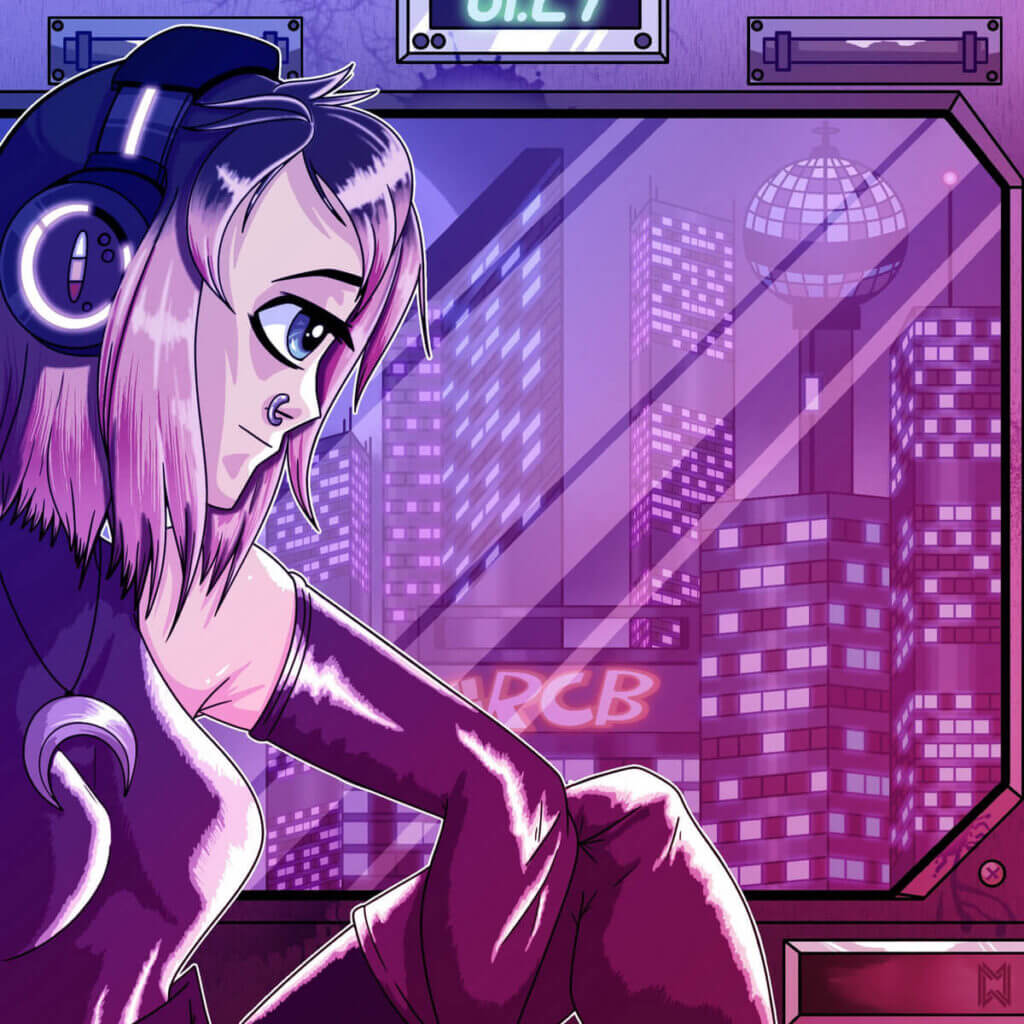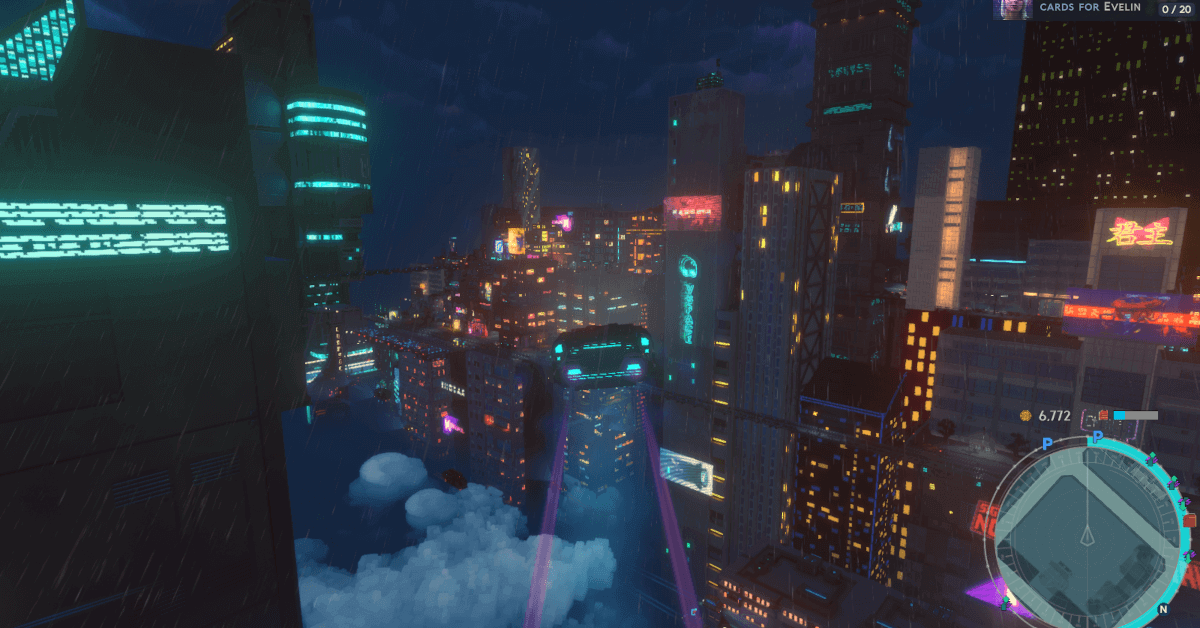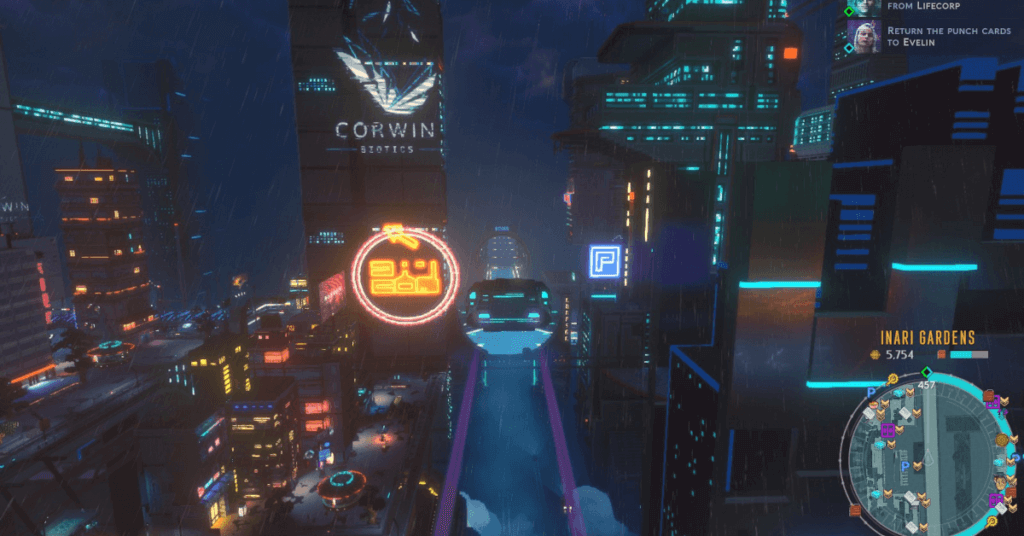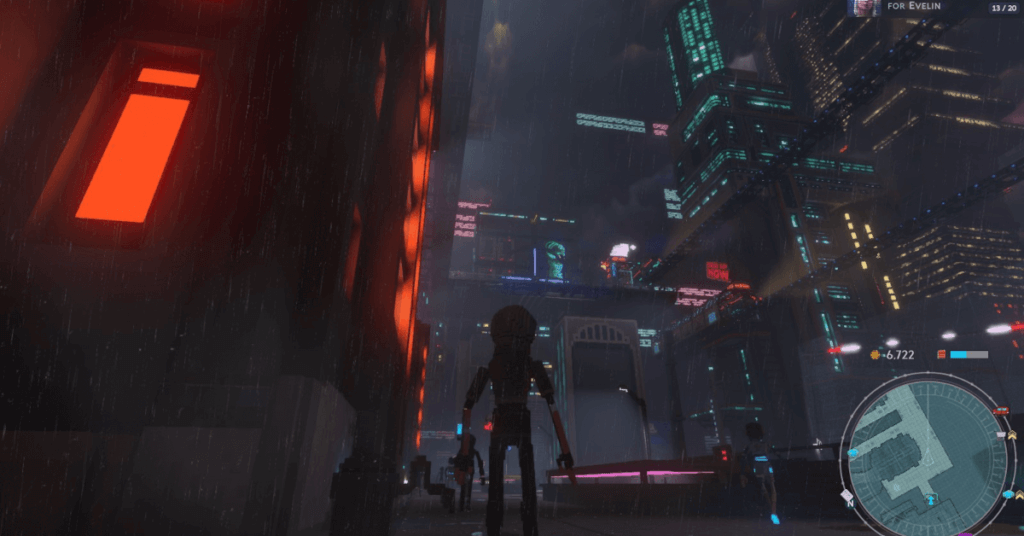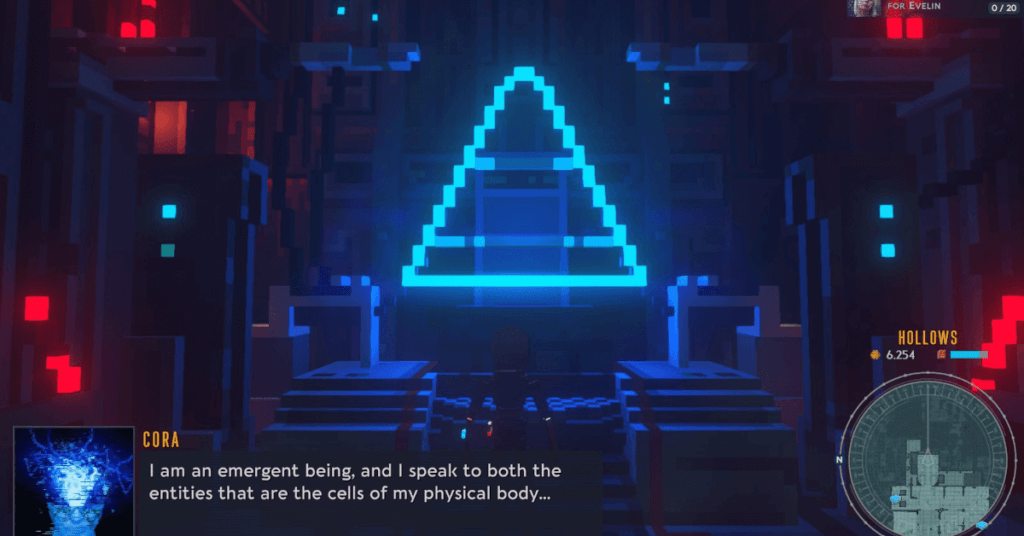JUNG_E is the latest film written and directed by Train to Busan director Yeon Sang-ho. Here the famed South Korean director tries his hand at dystopian science fiction to arguably good success. Its influences are obvious, to the point that some may feel like it is derivative. And that’s perfectly fine. I’ve seen many movies recently that were derivative of previous works but were pretty good nonetheless. This is somewhat common nowadays especially in science fiction, and in dystopian and cyberpunk science fiction in particular.
Blade Runner is the obvious big influence here. And one might be inclined to note similarities to franchises like The Terminator and Robocop. But I also see elements of some pretty famous anime and manga, the most obvious being Ghost in the Shell. There are also plenty of elements of Gundam, Alita, and Appleseed, among others. In fact the similarities are so bold that I feel like the inclusion of them is likely deliberate and in homage to all those classic dystopian and cyberpunk franchises.
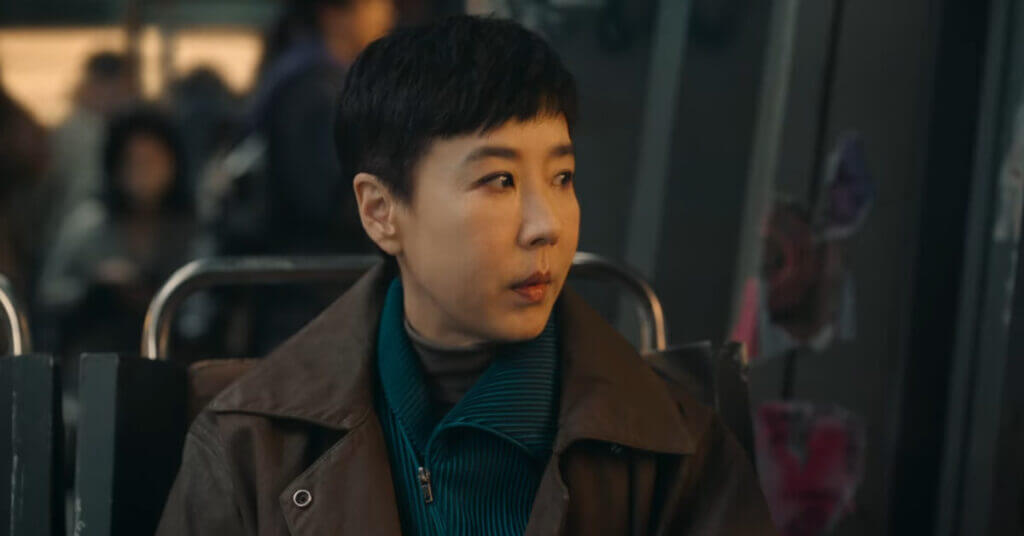
Whatever the case, I feel like JUNG_E was made out of a massive love for the properties and franchises that came before it. And as an homage it definitely succeeds. It looks the part with it’s beautiful cinematography and dazzling special effects. But how is it as cyberpunkery? That’s why we’re here discussing it after all.
The film takes place sometime in the 22nd century. Sea levels have risen catastrophically high due to climate change, which has caused Earth to become uninhabitable. Consequently most of humanity settles off-world and lives across a number of space colonies. This leads to several colonies banding together and declaring themselves as independent from the rest of humanity. War erupts between the breakaway colonies and the remaining ones. Of course.
Meanwhile humanity has nearly perfected a process to copy a human being’s brain into an artificial electronic brain which is then implanted into an android body. This is apparently big business in this world. There are three payment tiers if people want their brains copied into new bodies.
The first tier is “Class A.” This is astronomically expensive and clearly most people can’t afford it however those in this tier are completely free and treated like any other person after they are copied. There is also a “Class B” tier which is still prohibitively expensive but cheaper than Class A. The drawback is that people who are copied in this tier do not enjoy as much freedom afterward as those who were able to afford the Class A.
And then there is the “Class C” tier. This one’s free. Though while it doesn’t cost anything, by choosing this tier people are agreeing to allow an obviously very sketchy corporate entity to copy them infinitely and use them however they like. They can be sold to corporations or to rich upper class citizens to be used as slave labor. Or they can be used as military soldiers to fight in the seemingly endless war.
The film follows one such military soldier, Yun Jung-yi (portrayed by Kim Hyun-joo), a famous and highly respected war hero who becomes a paid mercenary in order to pay for life-saving surgery for her daughter Yun Seo-hyun (portrayed by Kang Soo-yeon). However she is overcome and nearly killed in a battle that puts her in a comatose state for years with no chance of recovery. Her family, too impoverished to afford a higher tier, signs off to copy her as a “Class C.”
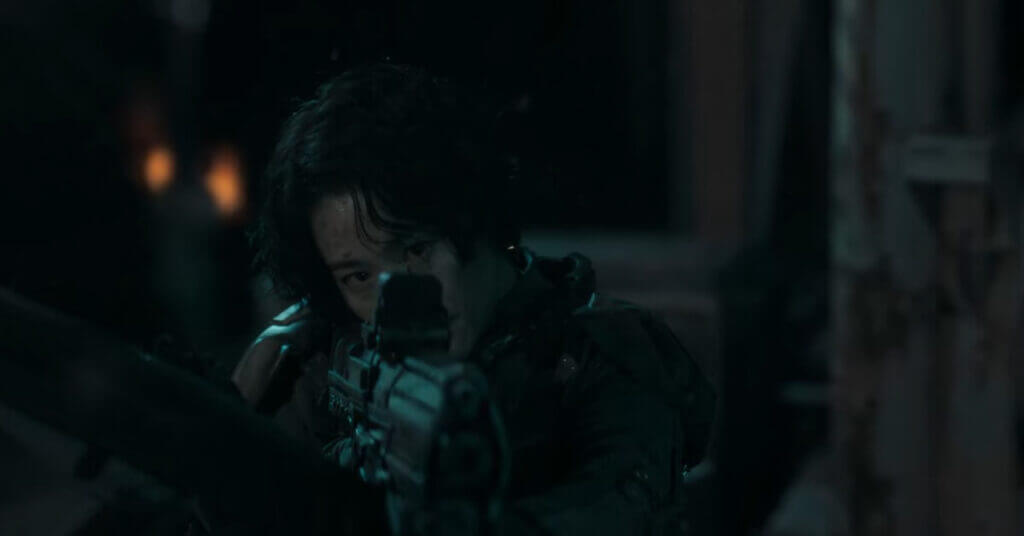
Yun Seo-hyun later becomes one of the leading AI researchers working for the laboratory in charge of making the copies of her mother (now named JUNG_E). The goal of this laboratory is to perfect the combat of JUNG_E copies by finding out how and why she was defeated in that last battle and find a way to circumvent it. Presumably to create an army of super soldiers based on her.
They do this by creating endless copies of her and running them through realistic simulations of the fateful battle that nearly killed her. Each time a copy fails, it is terminated and they try again with another one while changing various factors of the fight.
And this is where the film had an enormous opportunity to address a, uh, pretty colossal ethical problem happening in its world.
In JUNG_E when people’s brains are copied into the new bodies, they have all of the memories, life experiences, and emotions of the person they were copied from. And in fact it seems like many don’t even know they are androids at all. They can even feel an approximation of physical pain when their body is damaged. Essentially there is no difference between the AI copies and real flesh and blood humans aside from what they are made of physically. They are like the replicants of Blade Runner, just robotic instead of organic.
So to be bought and sold as slave labor or, as in cases like Yun Jung-yi/JUNG_E, subjected to relentless torture and what amounts to systematic murder, is a huge ethical dilemma. And it happens seemingly unchecked and unregulated by any government agency. And whether or not what they’re doing is right is never really called into question in this film. Not by any character, by the society at large (the program is public knowledge), or by the film’s narrative itself. Even Yun Seo-hyun seems ok with watching her mother get tortured and killed repeatedly. Which is weird to say the least and I admit that I found this more than a little frustrating.
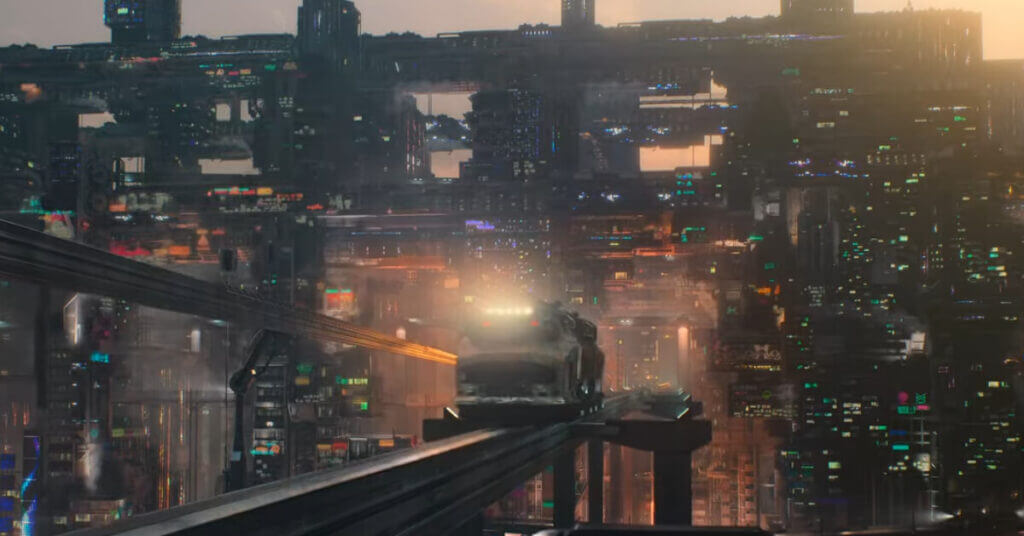
To be fair, she doesn’t seem particularly thrilled about it. Though I’m not sure if that is her disagreement surfacing or if it’s simply the stoic nature of her character. Eventually though she does reach a turning point when it is revealed that the war is ending due to a peace agreement being reached with the breakaway colonies with whom they have been at war for decades.
The research project, now having no need for an army of robot soldier moms, is directed to change focus away from combat models of JUNG_E for military contracts and toward marketing them for commercial, non-military purposes such as sexual slavery.
It is this, and not the repeated torture and death of her mother, that inspires Yun Seo-hyun to take actions against the company she works for and liberate her (and all her copies). And while this is a totally legit and valid reason to do so, I found it strange that it was only at this point that she felt their research was going over the line. Don’t get me wrong, I totally get it. It’s her mom and she doesn’t want to see her used as a sex slave for fanboys who grew up playing with action figures based on her (yes this literally happens in the film) or for whatever other frivolous purpose purchasers have in mind for her.
It’s just a little frustrating at times that there are endless opportunities in JUNG_E to ask relevant moral and ethical questions and to really flesh out the depraved nature of this world and then watch as the film never quite brings itself to do it.
But in spite of this, I really enjoyed JUNG_E. It was beautifully shot, featured some bangin’ special effects, some interesting world building, and great acting from the cast all around. I would Like to have seen more of the outside world to find out what kind of place it is where people would purchase a self-aware, sentient android—who used to be a real flesh and blood human being and probably still thinks they are—for frivolous slave labor. Most of the film takes place in the AI laboratory with only a couple of scenes taking place outside.
The film works in spite of this. It’s definitely not an action movie, though there are action-packed segments in the simulated battle scenes. And in a truly badass robot vs. robot fight at the end of the film that rivals some of the genre’s best.
No, it’s about the relationship between the mother and the daughter and the lengths that each will go to protect and care for the other. The film is very effective in this way. I found the relationship between Yun Seo-hyun and Yun Jung-yi/JUNG_E touching and relatable. And that’s really what this movie was all about, I suppose, rather than asking the big questions. Sometimes peoples’ motivations are in the smaller, more personal details rather than the grand. And that’s probably something most of us can relate to.
JUNG_E is currently streaming on Netflix. It’s definitely worth a watch in spite of its apparent flaws. I would honestly love to see another film that takes place in the same world with different characters, though I’m not sure that is likely to happen. It is an interesting place that I’d love to see more of, which speaks to how effective this film was at creating a fascinating dystopian environment.
